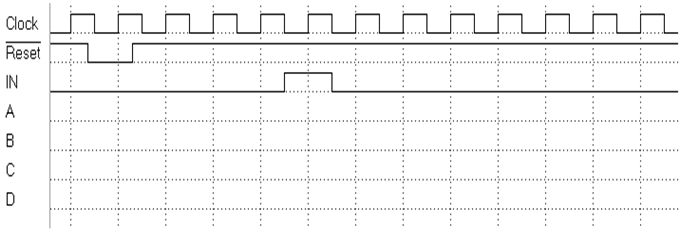

The 50-year-olds were born in 1960 and are members of the Baby Boomer cohort. They were born in 1930 and are part of the Traditional or Silent Generation. It is also possible that the differences found between the age groups are not due to age, per se, but due to cohort effects. The 80-year-olds in this 2010 research grew up during a particular time and experienced certain events as a group. In a similar way, maybe the 80-year-olds would have scored relatively low on the intelligence test even at ages 50 and 20 the researchers don’t know for certain because they did not follow the same individuals as they got older. It could be, for instance, that when these 20-year-olds get older (50 and eventually 80), they will still score just as high on the intelligence test as they did at age 20. That is, although the study described above can show that in 2010, the 80-year-olds scored lower on the intelligence test than the 50-year-olds, and the 50-year-olds scored lower on the intelligence test than the 20-year-olds, the data used to come up with this conclusion were collected from different individuals (or groups of individuals). One of the primary limitations of cross-sectional research is that the results yield information about age differences not necessarily changes with age or over time. No, that would not be a valid conclusion because the researchers did not follow individuals as they aged from 20 to 50 to 80 years old. Example of cross-sectional research design Would that be a valid (accurate) interpretation of the results?įigure 1. Based on these data, the researchers might conclude that individuals become less intelligent as they get older.

Let’s say that the comparisons find that the 80-year-old adults score lower on the intelligence test than the 50-year-old adults, and the 50-year-old adults score lower on the intelligence test than the 20-year-old adults. This research is cross-sectional in design because the researchers plan to examine the intelligence scores of individuals of different ages within the same study at the same time they are taking a “cross-section” of people at one point in time. The researchers might choose to give a certain intelligence test to individuals who are 20 years old, individuals who are 50 years old, and individuals who are 80 years old at the same time and compare the data from each age group. They might have a hypothesis (an educated guess, based on theory or observations) that intelligence declines as people get older. Let’s suppose that researchers are interested in the relationship between intelligence and aging. Cross-sectional research designs are used to examine behavior in participants of different ages who are tested at the same point in time. The majority of developmental studies use cross-sectional designs because they are less time-consuming and less expensive than other developmental designs. These techniques try to examine how age, cohort, gender, and social class impact development. Developmental research designs are techniques used particularly in lifespan development research. When we are trying to describe development and change, the research designs become especially important because we are interested in what changes and what stays the same with age.

Research design dictates which methods are used and how.
#TIME CHANGE SEQUENTIAL TESTING HOW TO#
Research design is the strategy or blueprint for deciding how to collect and analyze information. But it is easy to confuse research methods and research design. Remember, research methods are tools that are used to collect information. Now you know about some tools used to conduct research about human development. Compare advantages and disadvantages of developmental research designs (cross-sectional, longitudinal, and sequential).


 0 kommentar(er)
0 kommentar(er)
